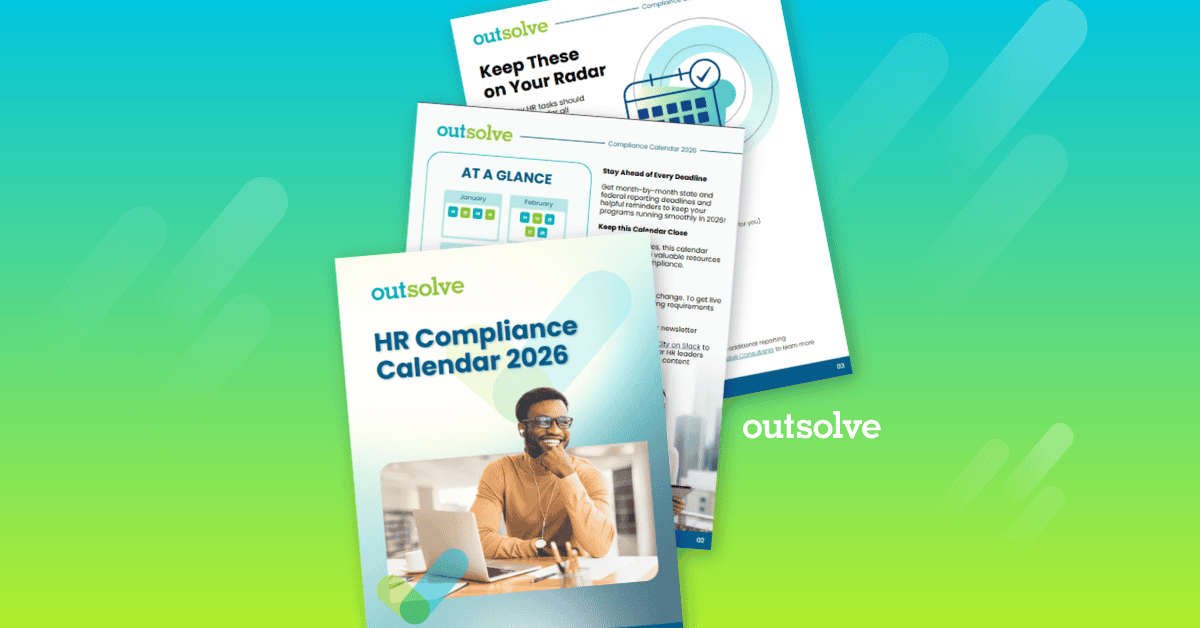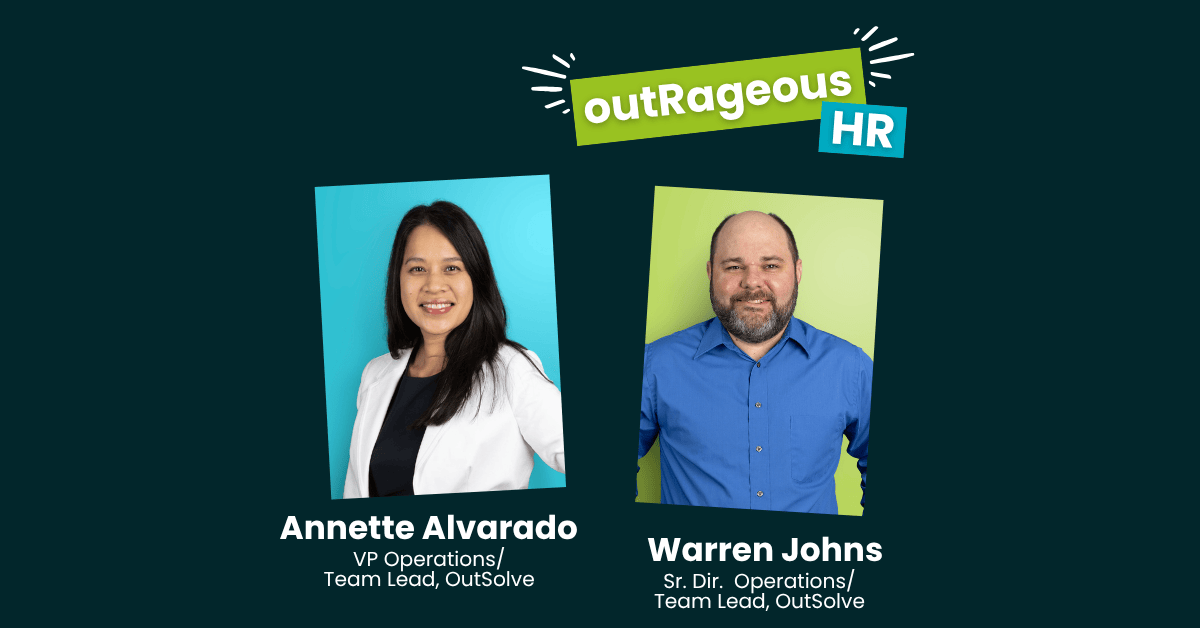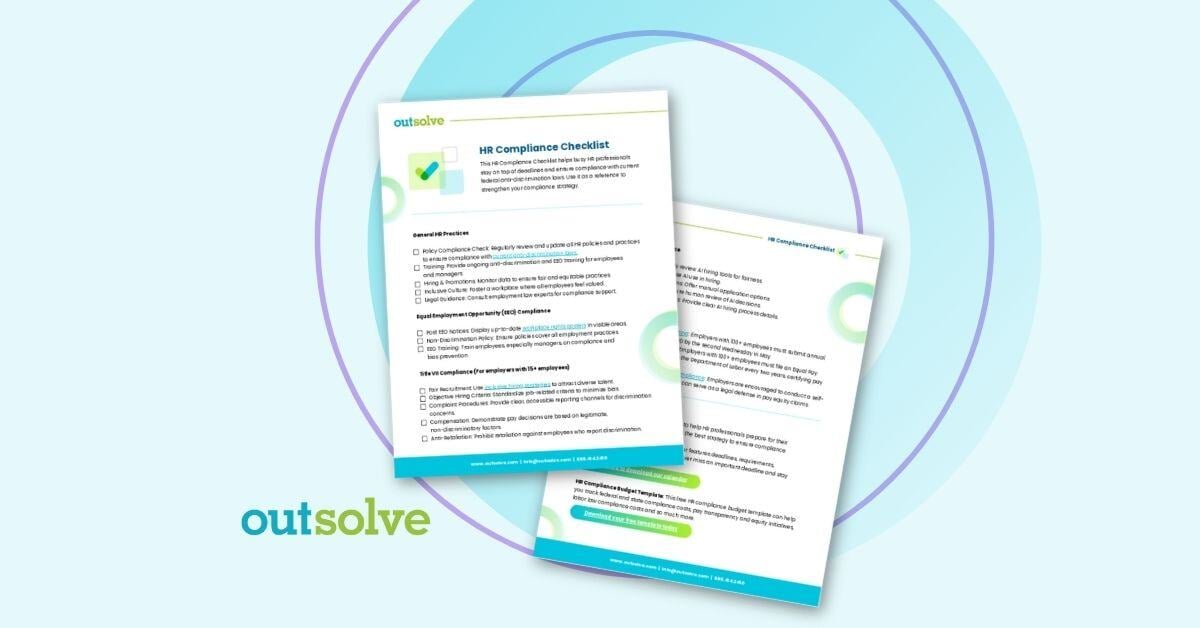If your company has done any hiring since the pandemic began, I’m sure the process has looked different than it did in the past. Prior to COVID, many companies did in-person interviews with candidates before offering positions to them. With our “new normal”, in-person interviews may be conducted using the internet and a platform such as Zoom. However, some employers may have decided to move away from the concept of having to “see” an applicant altogether.
If you have not done any hiring since COVID-19, now might be a good time to consider how hiring will look for your company in the future. Do you want to return to the way it was done in the past or consider new alternatives? What might work best for your organization to improve the hiring process?
I’d like you to consider some pitfalls in hiring. In the mid-2000’s, the Equal Employment Opportunity Commission (EEOC) had an initiative called E-RACE. The acronym stands for eradicating racism and colorism from employment. I bring this initiative up since it brings some issues to the forefront of the hiring process and eliminating certain groups of people from the process. Even if you don’t conduct any in-person interviews, there are ways that groups could be excluded from the applicant pool and you should be aware of them so that your hiring process is not discriminatory.
There was a study done with resumes being sent to companies with similar qualifications for the applicants but with names that might indicate the race and/or national origin of the individual applicant. Many times, the resume with the name like Robert was given preference over the resume of Rasheed. The same principle applied to individuals selected for interviews. The selecting official would decide to interview Carol but not Carmen based on the name of the applicant. Surnames may also result in this type of exclusion.
Education listed on resumes could be an indication of the race of the applicant. For example, if the applicant attended a Historically Black College or University (HBCU), would that mean the applicant was Black/African American? The same might be true of the zip code of the applicant’s residence within a city if groups of a particular race or nationality are the dominant population of that area.
Social media was not as prevalent in the mid-2000’s as it is now. Checking social media sites for applicants is a slippery slope. You may find information about an applicant’s medical condition, race, age, sexual preference, national origin and/or religion. Using any of these factors in an employment decision may result in a violation of the laws.
Word of mouth referrals have always been a red flag in hiring. If you hire using word of mouth recruiting only, your workplace may lack diversity and continue to be homogeneous. Employees of a certain race and/or national origin may refer their relatives and friends leading to a non-diverse applicant pool. Studies have shown that diverse workplaces are more productive and inventive.
I hope you will consider your hiring process and pitfalls that may be encountered during the process in light of the changes in the workplace. If you would like more information about hiring, feel free to reach out to me at (502) 553-7648 or eeoadvantage@gmail.com.
President at EEO Advantage, LLC
Weekly OutLook
Featured Posts

New Year, New Deadlines: 2026 HR Compliance Calendar

outRageous HR: Plan Now or Pay Later
Related Posts

OFCCP Continues to Enforce Veterans Affirmative Action Obligations
On January 7, 2026, OFCCP published a routine Notice in The Federal Register informing government contractors and subcontractors that it intends to...

File Smarter, Not Harder: Start the Year with OutSolve
HR faces similar challenges every January, whether it’s a sudden rush of deadlines, new regulations to understand, updating labor law posters, or...

New York City Pay Equity Report: What it Entails
The New York City Council voted to pass an amendment in December 2025 requiring private employers to report pay data annually. This legislation also...
 Toni Ahl
Toni Ahl
-Sep-14-2020-07-14-06-73-PM.png)
